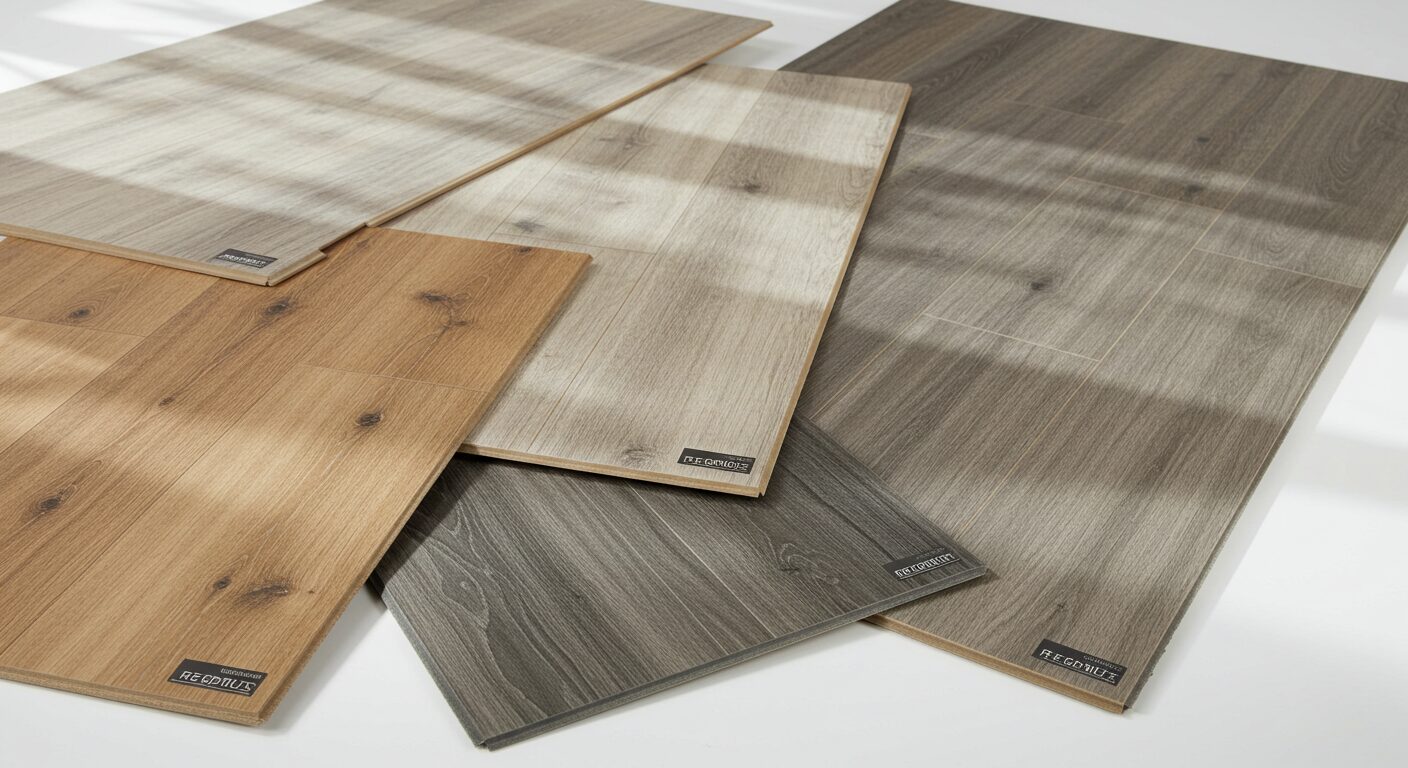Natural light can completely transform the look and feel of a home. It makes spaces appear larger, more inviting, and can even improve mood and well-being. Whether you’re working with a compact apartment or a large house, the strategic use of light can elevate your interior design significantly. Many homeowners struggle with dim rooms or poor window placement, but with smart decorator tips, you can make the most of every ray of sunshine. In this guide, we’ll explore professional yet practical ways to boost natural light throughout your living space—no renovation needed. From the right color palette to the best window treatments, these techniques will help your home glow beautifully and efficiently, all day long.
Use Light-Colored Walls and Ceilings
Choosing the right paint color is one of the simplest yet most powerful ways to maximize natural light. Lighter hues like soft white, cream, pale gray, and light pastels reflect light better than darker shades. Ceilings painted in a bright white finish also bounce sunlight back into the room, creating a more expansive and radiant feel. Satin or semi-gloss finishes enhance this reflective effect even more. Avoid matte finishes if you want to keep your space as luminous as possible.
Add Mirrors Strategically
Mirrors are classic decorator tools for amplifying natural light. Placing a large mirror opposite a window allows sunlight to bounce back into the room, instantly doubling the effect of the light source. You can also use mirrored furniture or accessories like mirrored trays, wall panels, or glass tabletops to reflect light around the space. In smaller rooms or narrow hallways, a vertical mirror can make the space look taller and brighter.
Choose Sheer Window Treatments
Heavy curtains can block light, making even the sunniest room feel dim. Switch them out for sheer or lightweight fabrics like voile, linen, or chiffon. These materials allow daylight to filter in softly while still offering privacy. If you prefer some structure, try layering sheer panels with light drapes that can be pulled back during the day. Roman shades in light colors also work well to maintain brightness without sacrificing style.
Keep Windows Clean and Unobstructed
One of the most overlooked but essential tips for maximizing natural light is keeping your windows spotless. Dirt, dust, and grime can significantly reduce the amount of sunlight entering your space. Clean both the inside and outside of your windows regularly. Also, avoid placing bulky furniture, plants, or décor in front of windows. Allow as much of the glass as possible to remain uncovered so light can pour in freely.
Use Reflective Surfaces in Decor
Incorporating reflective surfaces into your décor helps light bounce throughout the room. Opt for high-gloss finishes on cabinetry or side tables, metallic accents like brass or chrome, and glass surfaces on furniture or doors. Even small details like shiny vases, picture frames, or metallic wall art can enhance the brightness of a room by scattering light in different directions.
Opt for Light Flooring Materials
Flooring plays a huge role in light distribution, especially in open-concept spaces. Light-colored wood, laminate, or tiles reflect more light than dark tones. Choose finishes like bleached oak, pale maple, or white-washed planks for a sun-enhanced feel. If you’re using rugs, go for light-colored options with minimal patterns to avoid visual heaviness and maintain an airy atmosphere.
Trim Outdoor Landscaping Near Windows
Sometimes, the reason your room lacks light isn’t inside the house—it’s outside. Overgrown trees, bushes, or hedges can block sunlight before it even reaches your windows. Trim landscaping that shades window areas, especially on the south and west sides of your home, where sunlight is most intense during the day. This simple outdoor maintenance can significantly increase indoor brightness.
Install Glass Doors or Skylights
If your home layout allows for small renovations, consider adding glass doors or skylights to bring in more natural light. Glass doors, like French or sliding styles, let in light even when closed and can connect indoor spaces with outdoor views. Skylights are especially useful in rooms that lack wall windows, like bathrooms or attics, offering a direct source of daylight from above.
Use Open Shelving or Low Furniture
Bulky or tall furniture can block light flow across a room. Instead, choose low-profile pieces and open shelving units that don’t obstruct windows or block sunlight. Open shelving lets light travel through and doesn’t cast large shadows like solid cabinets or bookcases. Floating shelves and transparent furniture (like acrylic or glass) are great options for keeping rooms light and visually uncluttered.
Incorporate Glass and Translucent Interior Elements
Glass is not just for windows—it can be used creatively within your home to enhance light. Replace solid interior doors with frosted or clear glass panels to allow light to pass between rooms. Use glass partitions instead of solid walls in open-concept layouts, or install glass blocks in areas like stairwells or bathrooms for both privacy and illumination. Even small additions like a glass cabinet door can contribute to a brighter feel.
Declutter and Keep Spaces Minimal
A cluttered room can absorb light and make it feel darker and more cramped. Keep your design minimal and organized to allow light to travel freely. Clear off windowsills, reduce heavy decorative pieces, and aim for clean lines in your layout. The more open space you maintain, the better your home will reflect and distribute sunlight throughout.
Match Décor to Window Orientation
Understanding the orientation of your windows helps you make better design choices. South-facing windows receive the most consistent sunlight, so use light, airy colors in those rooms. East-facing rooms get strong morning light, perfect for energizing spaces like kitchens. West-facing rooms have warm, afternoon light that pairs well with cool tones to balance the golden hue. North-facing rooms benefit from bright color palettes and plenty of reflective surfaces to compensate for lower light levels.
Hang Light-Enhancing Art and Decor
Art doesn’t have to be heavy or dark. Choose wall décor that features light tones, nature scenes, or abstract pieces with white backgrounds. Metallic-framed art or glossy canvases can also reflect ambient light. Avoid placing dark or heavily textured art pieces on walls that receive the most sunlight, as they tend to absorb rather than reflect light.
Conclusion
Maximizing natural light in your home isn’t just about adding more windows—it’s about making smart decorator choices that work with the light you already have. From reflective surfaces and bright paint colors to sheer fabrics and strategic mirror placement, every detail counts in brightening your home naturally. Whether you’re living in a cozy studio or a multi-room house, these simple and stylish tips will help you create a space that’s cheerful, welcoming, and full of sunshine. The best part? Enhancing natural light not only improves aesthetics but also saves energy and boosts your overall mood.
FAQs
What color should I paint my walls to make a room look brighter?
Light colors like white, cream, or soft pastels reflect light and help brighten a room.
How do mirrors increase natural light in a room?
Mirrors reflect sunlight, doubling its presence and helping light reach deeper into the space.
Are sheer curtains better than blinds for natural light?
Yes, sheer curtains allow more filtered light in, while blinds often block sunlight.
Can furniture placement affect how bright a room feels?
Absolutely. Large or dark furniture near windows can block light, while low-profile or open furniture improves flow.
Do skylights really make a difference in lighting?
Yes, skylights bring direct sunlight into areas where traditional windows can’t, brightening even the darkest spaces.










Leave a Reply